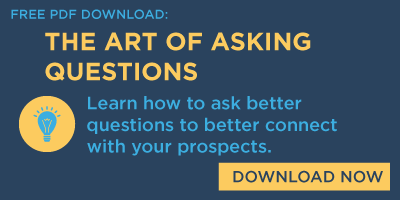 Lead generation and inbound marketing are two (of the many) hot topics in the marketing industry right now. But to make lead generation a smart strategy instead of just another marketing buzzword, it is critical to understand its role in the marketing process.
Lead generation and inbound marketing are two (of the many) hot topics in the marketing industry right now. But to make lead generation a smart strategy instead of just another marketing buzzword, it is critical to understand its role in the marketing process.
We used to live in a purely “push” world, where sales organizations would shove their product information and sales presentations toward the customer. Now, we’ve moved into an era where “pull” is just as important as push. Your company no longer controls access to the information about a product or service; that information is readily available online (from your company, from a competitor, or from some third party). The customer has the power, the will, and the skill to find that information on their own. Lead generation could be thought of simply as your company’s effort to be the prospect’s chosen information source and resource.
To optimize your efforts, gather some preliminary intelligence about what matters most to the people who buy what you sell. We’re not talking about shape, size, and color here… we’re not talking about product attributes at all. Investigate your customers’ problem attributes. What issues are they facing? What problems are they trying to solve? What criteria are the most important and sensitive to them when it comes to making a decision about this product or service? What do they find frustrating about this consideration (shopping and deciding) process? Then create content that speaks to those pressing concerns. Your material will not only be consumed; it will be appreciated and valued, and probably shared with others.
Then watch your metrics. Note which content is being consumed and which is not. Make sure your site includes a response path, so users can leave comments, contact you immediately by phone or email, or otherwise reach out to you. Then, don’t just quantify the information (# of hits, likes, shares, etc.). Qualify the information you’re receiving, too. What issues seem to most readily spark a response? Which topics are most likely to elicit feedback? What questions are they asking when they contact you? If you use this information the right way, it can serve as an early glimpse into what needs this prospect might have. With this approach, you have moved lead generation beyond simple name and email captures; you’ve turned it into need generation that produces specific sales opportunities.



